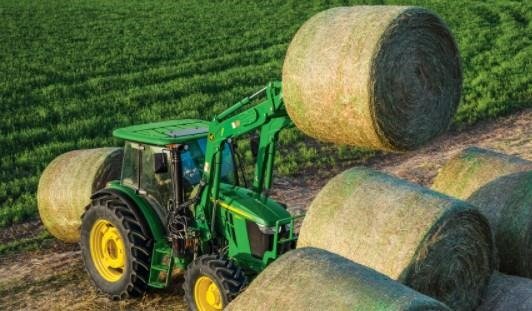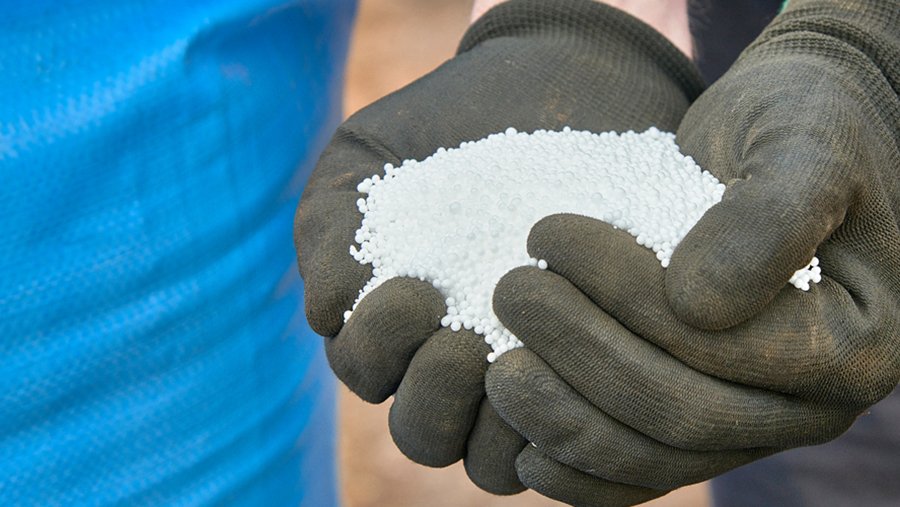This post is republished from The Discussion under an Imaginative Commons license. Check out the initial post.
A new age of cow-less dairy is striking the marketplace. In the United States, Perfect Day is utilizing genetically customized fungis to produce milk protein for ice cream at a business scale. And pre-commercial business, like TurtleTree and Better Milk, are engineering mammary cells to produce human and cow milk in labs, although these stay in the early phases of advancement.
It may be a long time prior to mammal-less dairy shows up in Canadian supermarket. However these emerging innovations belong to the 4th farming transformation that intends to enhance food security, sustainability and farming working conditions. With these guarantees for wins on the horizon, should the journal sector be stressed?
As scientists from the Food and Farming Institute at the University of the Fraser Valley, in British Columbia, we study food systems in shift. The Fraser Valley is house to 60 percent of BC’s dairy farms, so we’re specifically thinking about the effects cellular farming may have on the dairy system.
Animal farming’s difficulties
Animal farming plays a huge function in the international food system. The Food and Farming Company mentions that animal farming offers approximately a 3rd of international food protein, supports the incomes of [more than] a billion individuals and adds to soil fertility.
However animal farming is dealing with increased examination, specifically around ecological effects and animal well-being problems. It is a considerable source of greenhouse gas emissions, upwards of 16.5 percent of international emissions, by some price quotes.
[RELATED: Extreme Floods In Pacific Northwest Send Farmers Into Crisis]
Animal farming is likewise susceptible to severe ecological conditions and environment modification. Current flooding in BC eliminated well over half a million stock and threatened to infect the delicate freshwater environments of the Fraser Valley with saved manure and farming chemicals. And it’s a recognized threat element for zoonotic illness and pandemics, such as H1N1 or the swine influenza.
One method to minimize the threats presented by animal farming is to eliminate- or almost eliminate- animals from the food production formula. Cellular farming utilizes cell cultures to produce animal items without raising animals, searching or fishing. While still in its early stages, this innovation might assist satisfy growing need for animal protein, minimize ecological effects and address animal well-being issues.
How does cellular farming work?
Cellular farming makes biologically comparable or near-equivalent foods to those produced with animals. This is various from plant-based meat and dairy options, such as Beyond Burgers and oat milk, which utilize plant components that approximate their non-vegetarian equivalents.
One technique is to utilize sophisticated fermentation, where yeasts, fungis and germs are genetically customized to produce proteins. The technique resembles developing beer, however with extremely specialized micro-organisms that follow directions that have actually been contributed to their hereditary code.
You might currently be consuming items produced utilizing this innovation. Thirty years earlier, the United States Fda authorized using a bioengineered kind of rennet enzymes, which is commonly utilized in cheese making and changes the initial enzymes which were gathered from calf stomachs.
[RELATED: Pet Food Companies Look to the Future With Cell-Cultured Meat]
Today, barrels of micro-organisms, genetically customized to bring the proper calf gene, supply rennet for about 70 percent of cheese made in the United States. It’s functionally similar to the initial cheese-making enzymes, however it’s simpler, less pricey to produce and does not count on mammals.
Another technique, called tissue engineering, utilizes cells gathered from an animal to grow meat, fish and even leather in a regulated environment. The tissues grow, however in a nutrient-rich broth called development media in bioreactor tanks.
Examples consist of GOOD Meat’s cellular chicken nuggets, the very first commercially offered cellular meat item, and WildType’s cellular salmon, which is being grown in stainless-steel tanks in San Francisco.
What is at stake for dairy farmers?
Dairy is a crucial food product in Canada. Over 18,000 farm operators are used at the approximately 10,000 dairy farms throughout the nation, which together produced 9.5 billion liters of milk and made farms over $7 billion in 2020.
To satisfy customer need and ensure a reasonable cost to the farmers, the Canadian supply management system manages dairy production volumes and the variety of manufacturers at the provincial level utilizing a quota system. Farmers basically purchase the right to offer dairy items. Dairy farms are capital extensive and farmers typically bring big financial obligation loads, making it a challenging market to go into.
[RELATED: Dairy Farmers Are Dumping Huge Amounts of Milk]
Animals farmers in BC had an extremely difficult 2021. After a summer season of intruding forest fires and a record-breaking heat dome, the year ended with devastating floods followed by severe cold. Fraser Valley farmers were required to dispose 7.5 million liters of raw milk in November when delivering paths were ruined by flooding, which likewise eliminated 428 dairy cows.
Throughout the nation, dairy farmers likewise discarded milk early in the pandemic- more than 30 million liters in the year ending July 31, 2020, according to one analysis- when need dropped due to dining establishment closures and other system shocks.
Preparation a simply shift
We see animal-free dairy as potentially having some ecological and food security advantages, however with some compromises.
If cellular farming takes on traditional dairy in Canada, what would the effect be on dairy farmers? What would occur to the cows? To the farms? To the supply management system in basic?
Dealing with these concerns is important for establishing policy that allows shifts to food systems with lower ecological and carbon footprints while making sure damages and advantages are dispersed equitably- what’s referred to as the simply shift.
Much of our understanding of these simply shifts originates from the energy sector, where coal mines have actually closed and oil production is decreasing as renewable resource ends up being more offered and less costly, altering economies and requiring nonrenewable fuel source employees to discover other work.
Canada just recently established a simply shift job force to search for methods to minimize the income disturbances that feature phasing out coal. The federal government has likewise just recently started assessments for simply shift legislation that would direct resources to neighborhoods adversely affected by the shift towards a low-carbon future.
Simply shift policies for cellular farming might motivate farmers to shift into animal-free dairy production through facilities shift grants, assistance with licensing brand-new innovations, biodiversity preservation and carbon credits for land sparing, sanctuary preparation for existing dairy farms and land back rewards to supply paths for farming towards decolonization.
It’s uncertain how quickly Canadian dairy farmers will deal with competitors from cellular farming, although some have actually recommended United States beef and dairy sector incomes will decrease almost 90 percent by 2035.
Is it affordable to anticipate Canadian dairy farmers will give way for cellular dairy? Or depends on policy-makers, market leaders and food systems organizers to guarantee this shift causes a food system that is more sustainable, however likewise simply?
Evan Bowness is a postdoctoral scientist at the Food and Farming Institute, University of The Fraser Valley. Robert Newell is the associate director at the Food and Farming Institute, University of The Fraser Valley. Sarah-Louise Ruder is a PhD Trainee at the Institute for Resources, Environment and Sustainability, University of British Columbia. Yadira Tejeda Saldana, research study partnerships director at New Harvest, co-authored this post.














